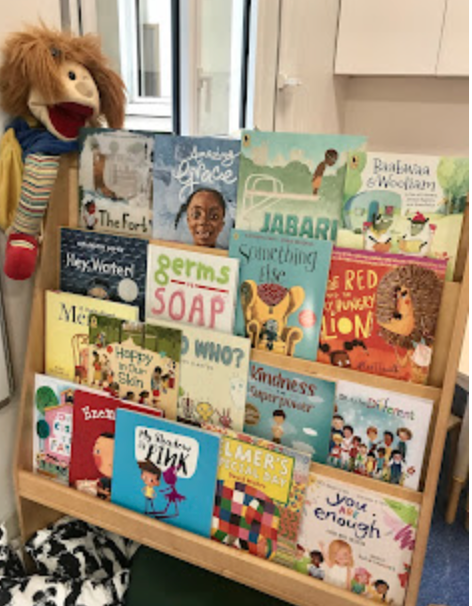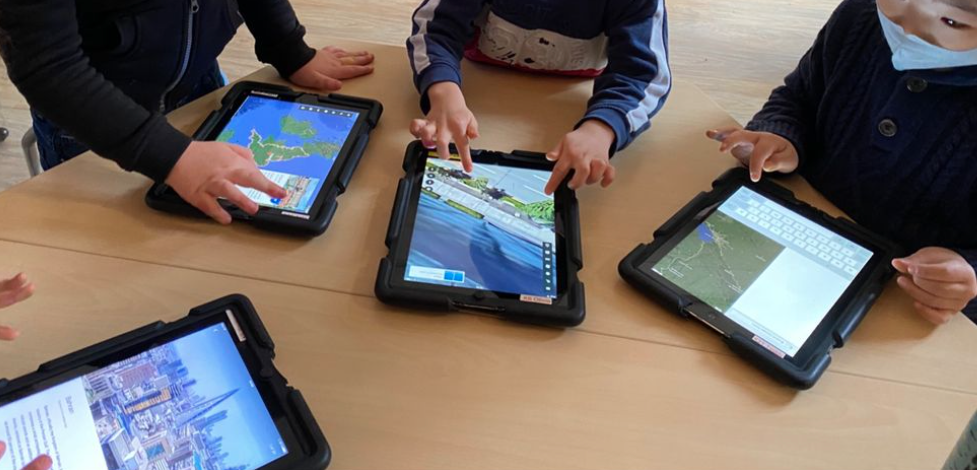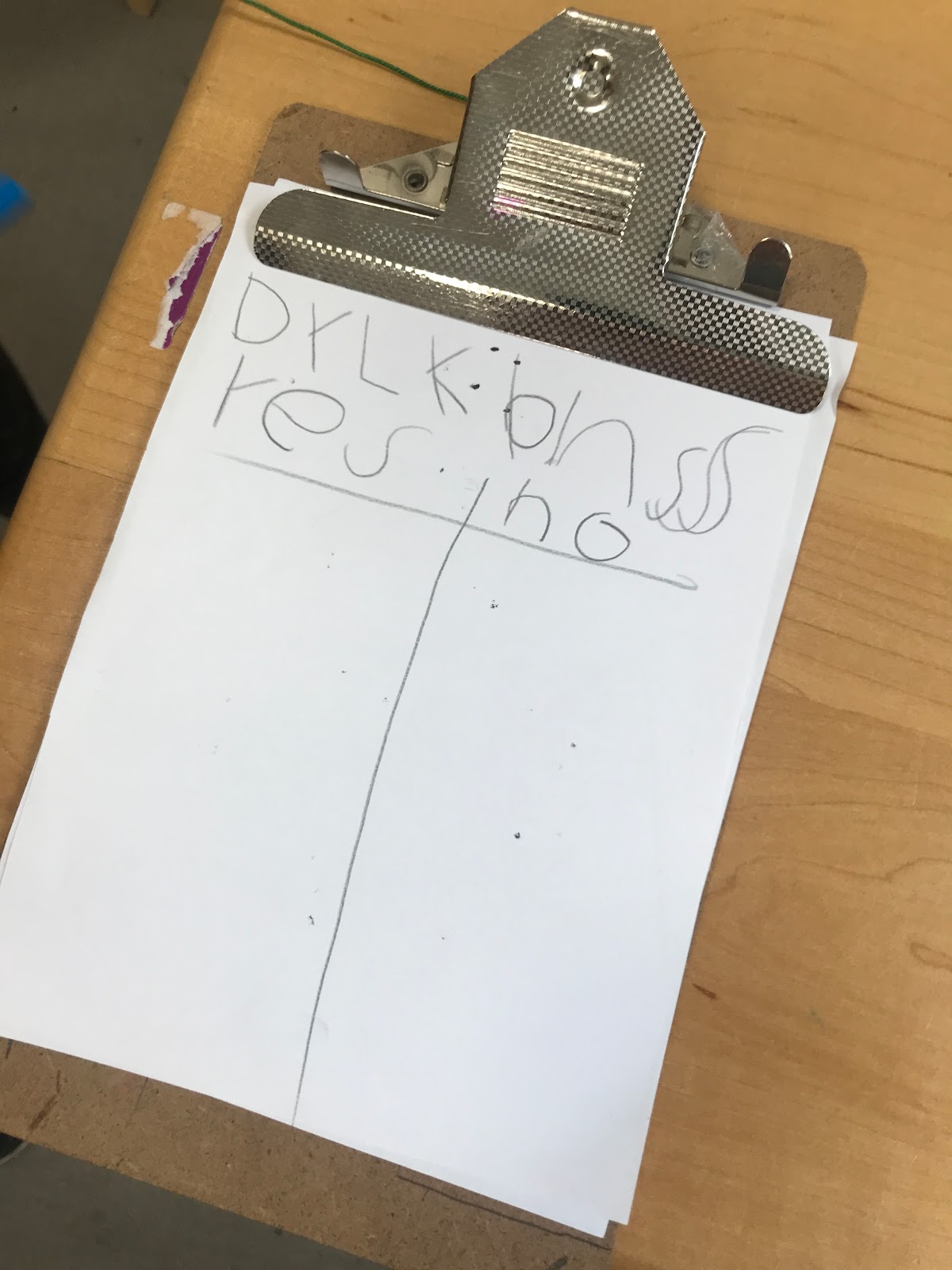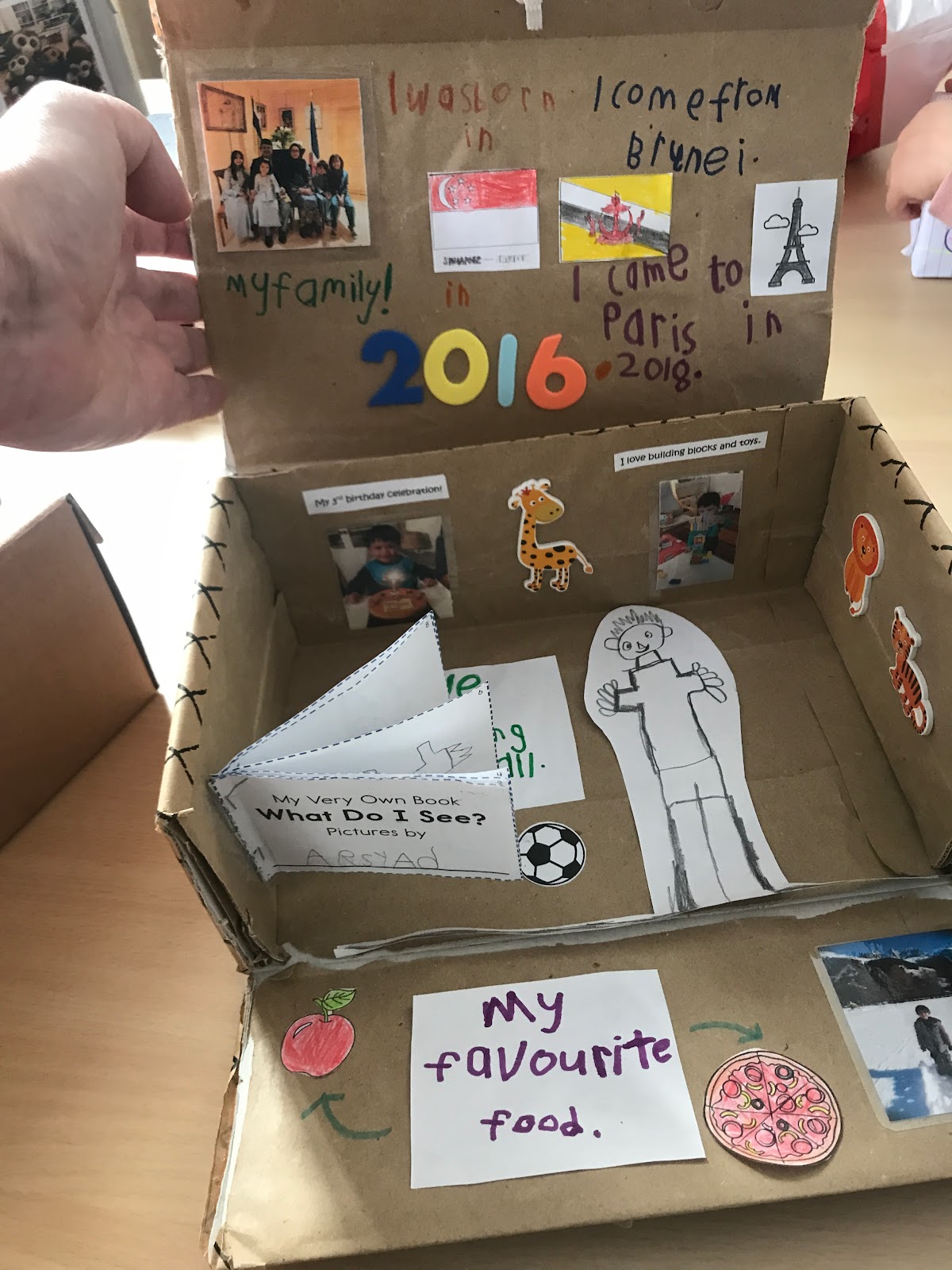Inviting Kindergarten to Read
This post is about the opportunities and invitations Kindergarten children have had so far this year to develop their identities as readers, learn about reading and learn through reading.
Recent training on Playful Literacies and conversations with Jo Fahey have allowed me to reflect on routines and engagements already in place and identify new initiatives.
Halliday's way of thinking about language (learning, learning about and learning through) has always helped me to think any discipline or strand in multiple ways. I have written before about his work here but will focus on reading in this blog.
Key to our approach is seeing reading as a process of meaning making. Meaning is essential so therefore context, relevance, purpose and audience are all important elements to embed in language learning.
Learning
This lens explores the mindset, dispositions and behaviours of a reader - unpacking what readers do, and helping children to see themselves as readers. It is based on the premise that we learn to read by reading. Time, space and opportunities are planned for children to engage as readers so they hear and develop fluency and expression. The magic of reading aloud to Kindergarten is key to fostering a love of literature, an interest in words and enthusiasm in connecting to the ideas in texts.
It is important children make choices in what and where they read, and with whom. Children choose between a range of fiction and non-fiction texts, some authored by them and others authored by writers beyond the school. Some children prefer to read alone, but many revel in the delight of interpreting diagrams, escaping into illustrations and making sense of stories with their friends. Children's choices reveal their interests in different genres and their desire to learn more about topics of interest.
As teachers, we have an important responsibility to model a positive, reflective and inquiry stance towards reading and being a reader. The way we connect and respond to texts as we read sets an important tone in promoting a culture of reading and helping children see the joy and pleasure in reading. Honest, curious and empathetic responses model desirable behaviours of a reader.
Learning about
As readers, there is a lot of learning about how language works. Kindergarten have been learning about how different genres of text work, how sentences work, deepening and broadening their understanding of vocabulary and developing their phonemic awareness. They have also been learning about reading strategies such as making connections and visualisations and how these help us to make sense of what we are reading.
To do this, we use a range of texts as read alouds, think alouds and individual readers. We also read a daily morning message which is a model text that we can explore in different ways. One routine we have with this message is to identify high frequency words we are adding to on our word wall, so children see them being used in context. We are using more and more environmental print such as labels, signs and notices that we can then use to learn more about language.
Some of the read alouds are familiar texts from re-reading and some texts with repetitive lines so children can join in, feel the rhythm of the text and use features such as rhyme to see patterns in the structure of a text.
We have also learned a lot about the connection between reading and writing from speaking to authors. Last week, Gareth P Jones came to visit us and the children were so excited to connect with an author and share with him their questions after reading some of his stories.
In response to Gareth's books, a group of children chose to write and illustrate their own stories mirroring the style and word play they had noticed as readers. They brought their story to the author as they wanted to read and share their story.
The children's names have been key in learning about uppercase and lowercase letters, phonemes, and patterns in sounds and spellings. The children's names are written in different parts of the classroom so children can read them.
Learning through
Diverse, quality literature has been key to help children learn through reading. Powerful discussions have prompted thinking about concepts such as fairness, honesty and relationships. Non fiction texts have helped us to learn about structures around the world and carry out research to find out answers to some of our questions.
The morning message is always connected to the children - their wonderings, their discoveries, their interests, their experiences and events that will take place. Today's morning message provoked thinking about new inventions and possibilities in the future.
Cards for events such as birthdays, new year and Valentine's support children in reading (and then writing) key words to send messages to an audience they decide.
It has been important for us to reflect on what 'text' is. We have been keen to take a broad interpretation of text and are active in drawing children's attention to text clothing and as signs, labels, maps and other environmental print. We also go on weekly walks around Paris and often encounter print to read in different modes and formats. Since using Google Maps to find where we have been on trips, several children choose to use this app in their play and read and interpret different words and symbols. These texts offer us opportunities to learn about the world around us.
As we document children's learning, we publish Google Slides to capture children's quotes, photos and anecdotal records. There is a printed copy that children enjoy reading and revisiting their thinking linked to units of inquiry.
Texts that children write themselves then become texts for themselves and others to read. Many children are authoring their own stories, and now with clipboards, children are writing surveys and food orders to include in their role play or pursue an inquiry. These are further ways to learn through reading.
Children this week have developed museums about themselves. Many of the children used text in their museums that other children have then used to learn more about their friends.
Next steps I would like to take:
- Children being more involved in the selection of texts
- More intentional use of song books, big books and familiar texts
- Reflect on how to use/adapt guided reading and literature circles
- More regular reading aloud of non fiction
Reflection
How do you invite children to read and see themselves as readers?
How do these opportunities link to Halliday's model of learning, learning about and learning through?














Yay! using clipboards with paper/pen to make surveys and food orders. Sounds good! I like the Halliday model too! I came across it again recently in my readings and thought that I must look it up and re-familiarize myself with it. Sounds like reading and writing is alive in your classroom Sean. Thanks for sharing your ideas. Jo Fahey
ReplyDelete